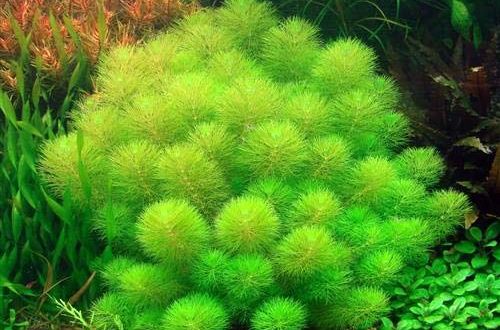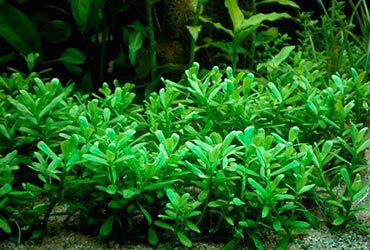
Bacopa
The natural habitat of Bacopa is very wide, from both Americas to Africa. At present, from aquariums, they have entered the wild nature of Europe and Asia, in the latter they have perfectly taken root, becoming invasive species.
Their popularity in the aquarium trade is due not only to ease of care, but also to their beautiful appearance. Bacopa has several dozen species and many artificially bred varieties that differ significantly from each other both in size and in color and shape of the leaves. Some have been known for a couple of decades, others have only become available since
There is a lot of confusion with the names, so there is a high risk of buying one plant in a pet store, and as a result you get a completely different one. Fortunately, almost all Bacopa are unpretentious and kept in similar conditions; mistakes in the selection will not be critical. This is a completely aquatic plant intended for growing in aquariums, some species can successfully adapt to open ponds in the summer.
Contents
Bacopa Monnieri “Short”
 Bacopa monnieri ‘Short’, scientific name Bacopa monnieri ‘Compact’, is a variety of the common Bacopa monnieri
Bacopa monnieri ‘Short’, scientific name Bacopa monnieri ‘Compact’, is a variety of the common Bacopa monnieri
Bacopa Monnieri “Broad-leaved”
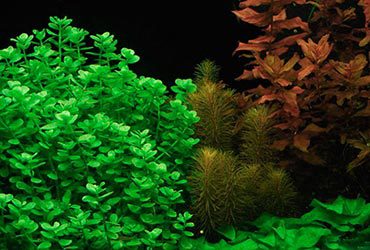 Bacopa monnieri “Broad-leaf”, scientific name Bacopa monnieri “Round-leaf”
Bacopa monnieri “Broad-leaf”, scientific name Bacopa monnieri “Round-leaf”
bacopa australis
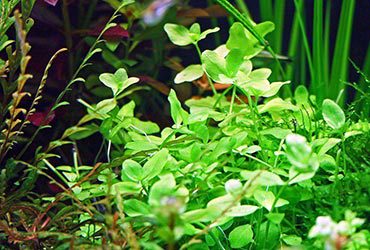 Bacopa australis, scientific name Bacopa australis
Bacopa australis, scientific name Bacopa australis
Bacopa Salzman
Bacopa salzmann, scientific name Bacopa salzmannii
bacopa caroline
 Bacopa caroliniana, scientific name Bacopa caroliniana
Bacopa caroliniana, scientific name Bacopa caroliniana
Bacopa Colorata
Bacopa Colorata, scientific name Bacopa sp. Colorata
Bacopa of Madagascar
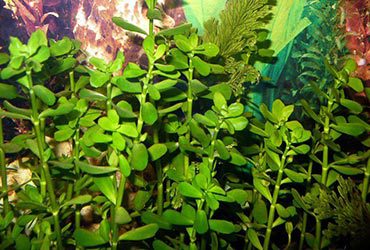 Bacopa Madagascar, scientific name Bacopa madagascariensis
Bacopa Madagascar, scientific name Bacopa madagascariensis
Bakopa Monye
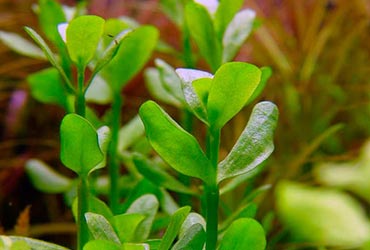 Bacopa monnieri, scientific name Bacopa monnieri
Bacopa monnieri, scientific name Bacopa monnieri
Bacopa pinnate
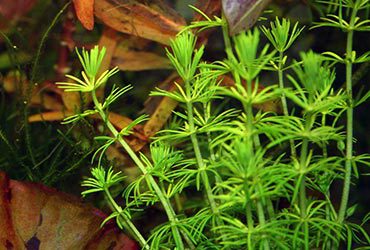 Bacopa pinnate, scientific name Bacopa myriophylloides
Bacopa pinnate, scientific name Bacopa myriophylloides
Bacopa Japanese
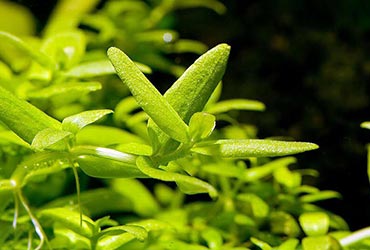 Bacopa Japanese, scientific name Bacopa serpyllifolia
Bacopa Japanese, scientific name Bacopa serpyllifolia



